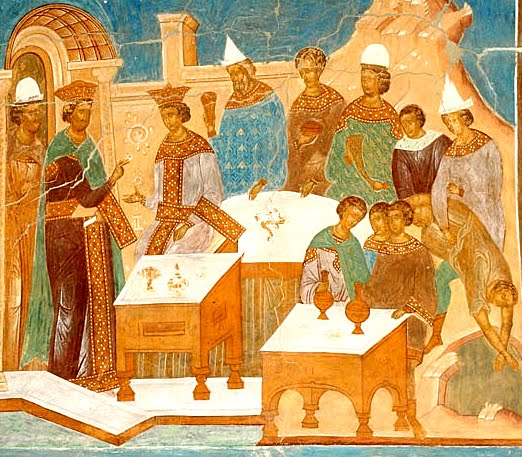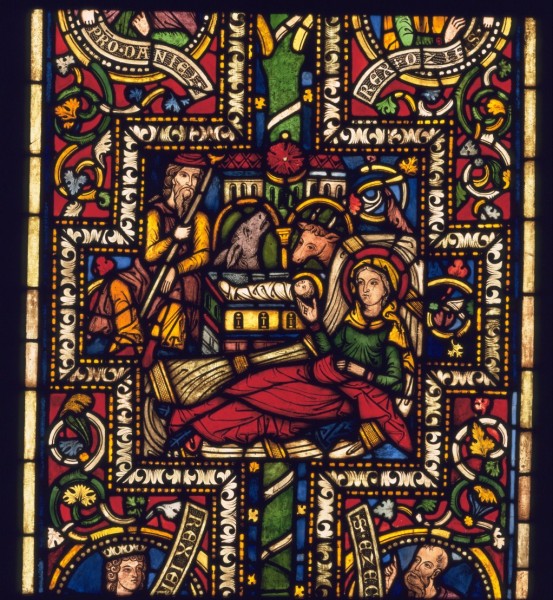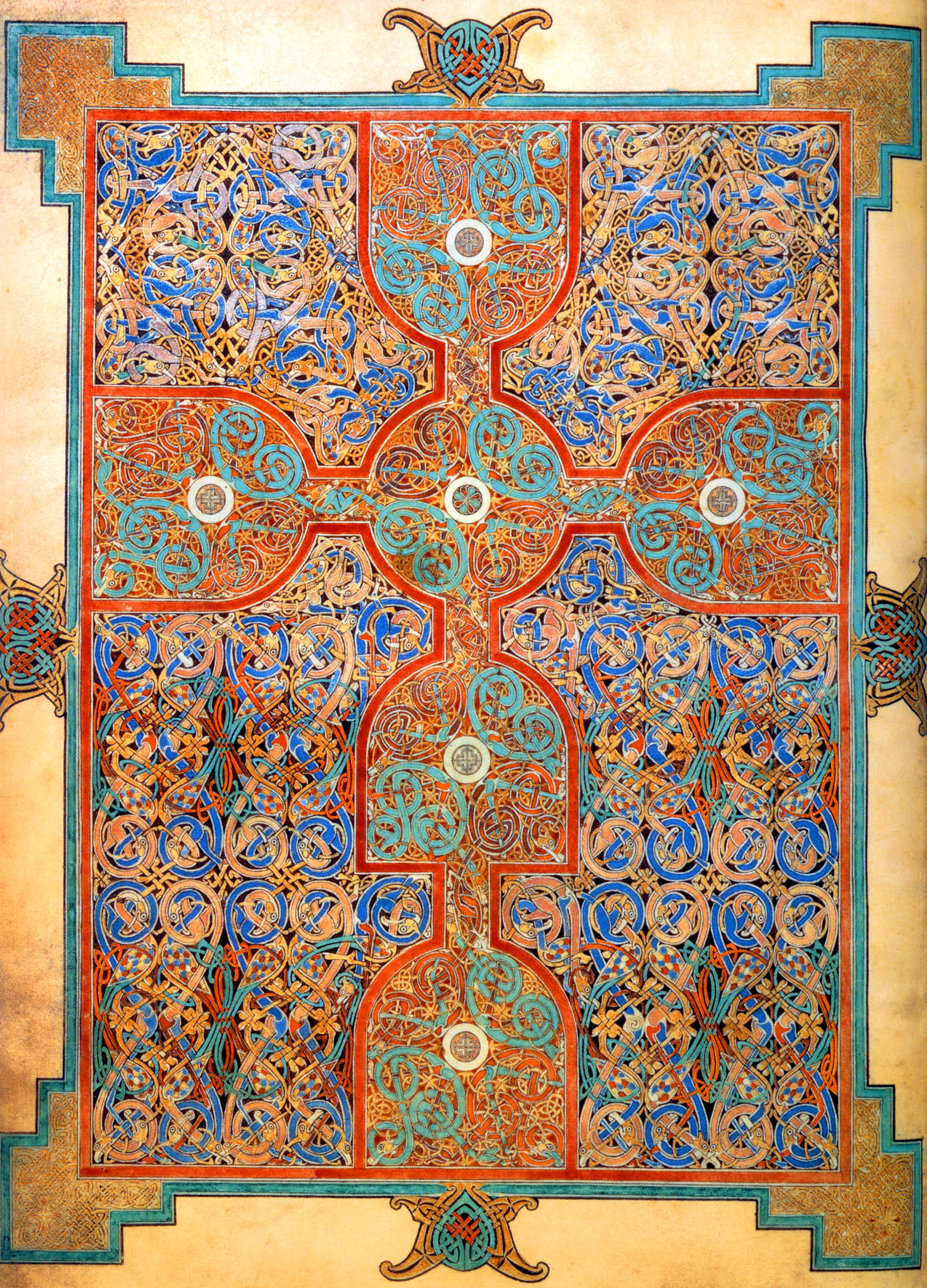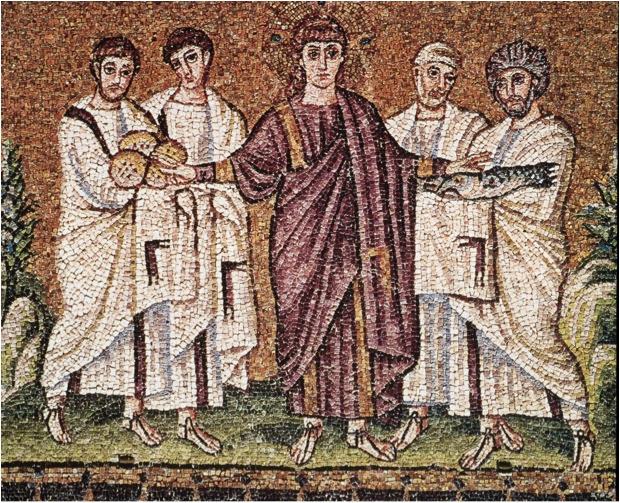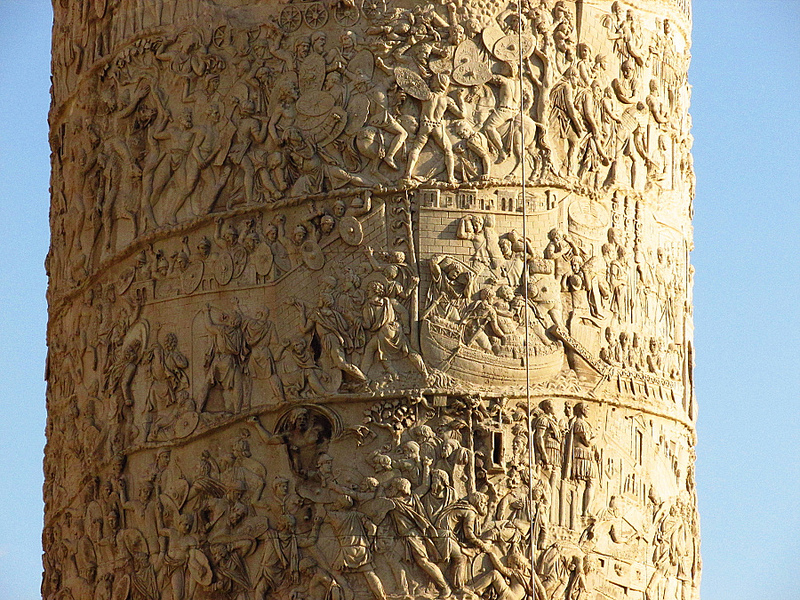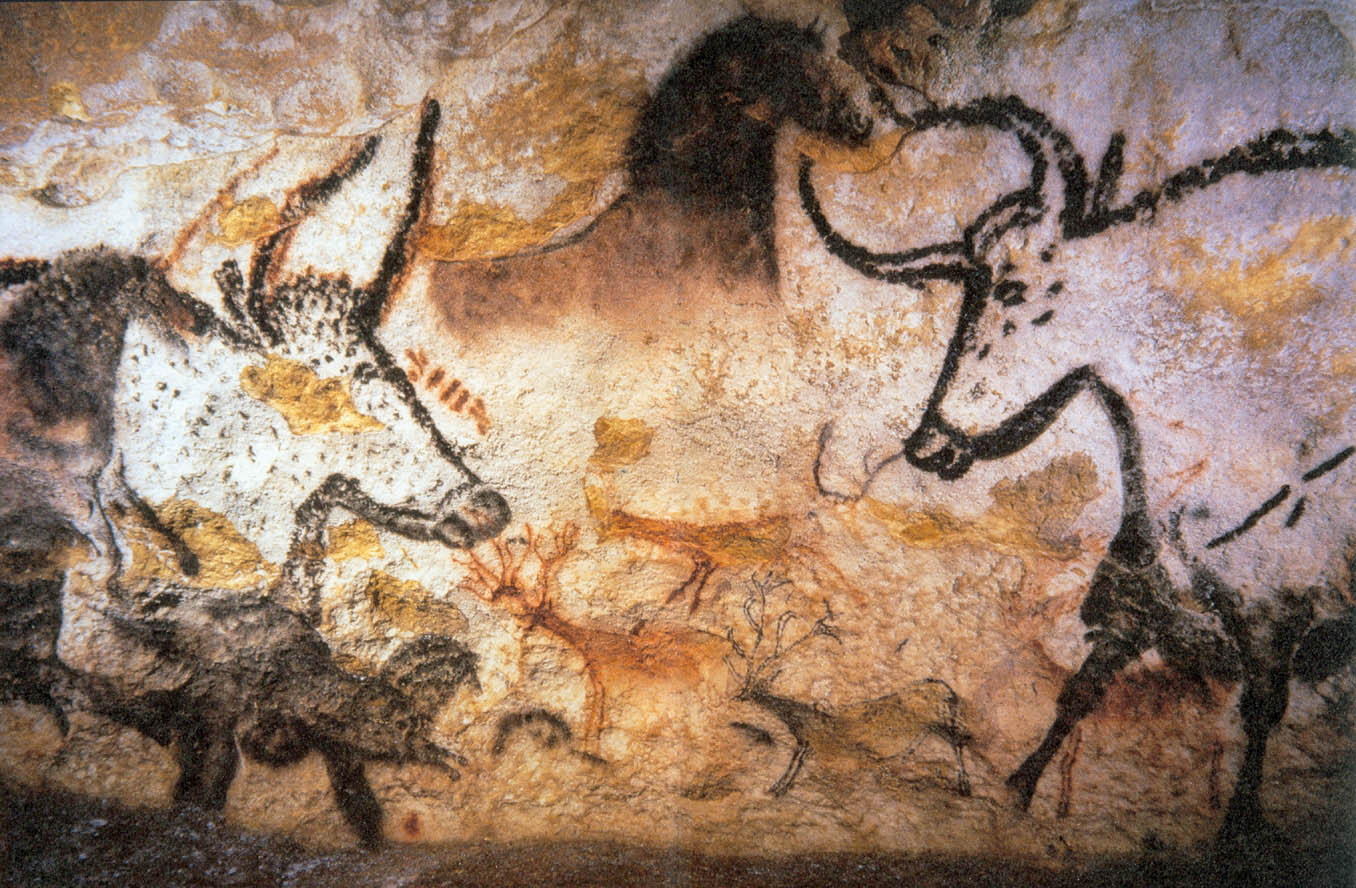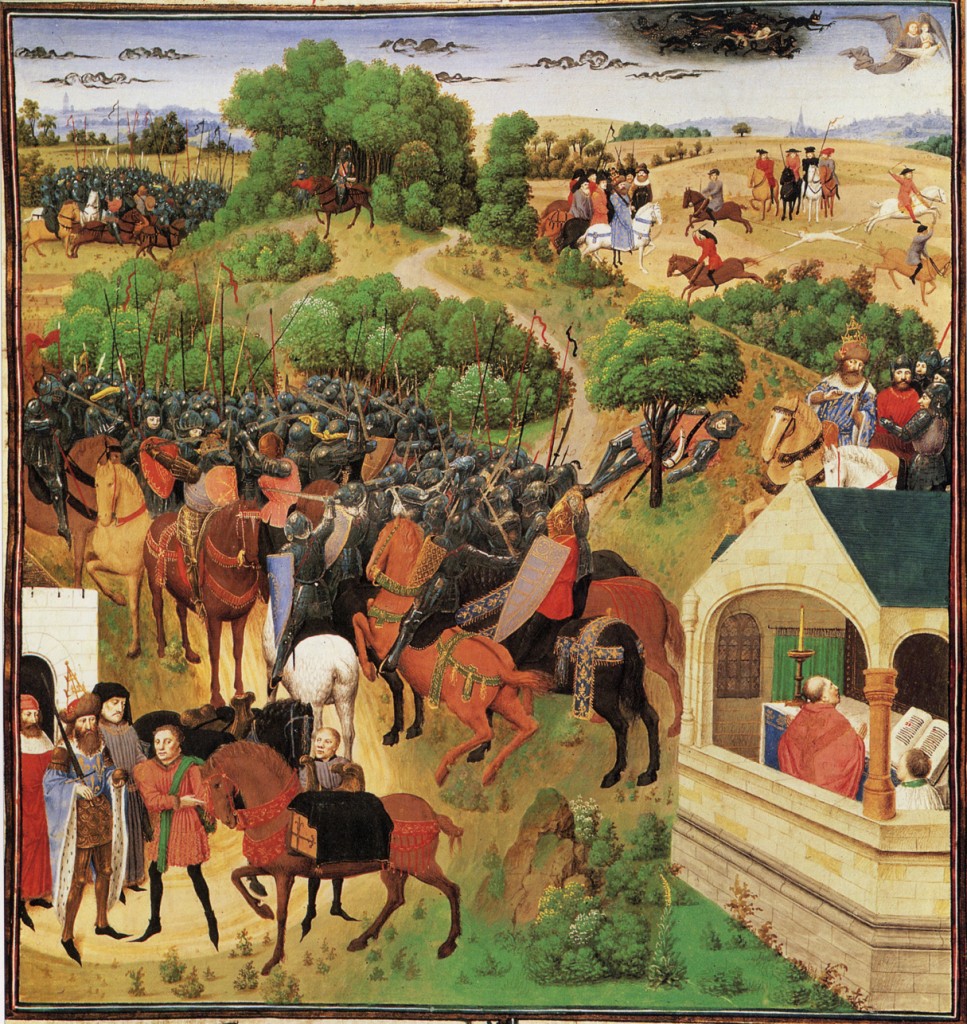
from La Chanson de Roland
trans. Dorothy L. Sayers
226.
From off his horse the Emperor now descends;
On the green grass he kneels with bended head,
Then to the sunrise he lifts his face addressed
And prays to God with heartfelt reverence:
“Father most true, this day my cause defend!
Thou that to Jonah Thy succour didst extend
In the whale’s belly, and safely draw him thence,
And after, spare the king of Nineveh;
Thou that didst save Thy servant Daniel
From torments dire within the lions’ den,
And the Three Children amid the fire protect,
Lord, be thy love this day my present help;
And, if it please Thee, grant that ere this day’s end
Roland my nephew may fully be avenged!”
His prayer is done; rising, he stands erect;
The sign of power he makes on brow and breast.
Now to the saddle once more the King has leapt,
Joz’ran and Naimon to hold his stirrup bend;
He takes his shield, his sharpened spear as well;
Comely his body and straight and nobly held,
His face is frank, his looks are confident;
Forward he rides, firm in the stirrup set.
To van, to rear, the braying clarions swell;
Olifant’s voice resounds above the rest;
The thought of Roland draws tears from all the French.

